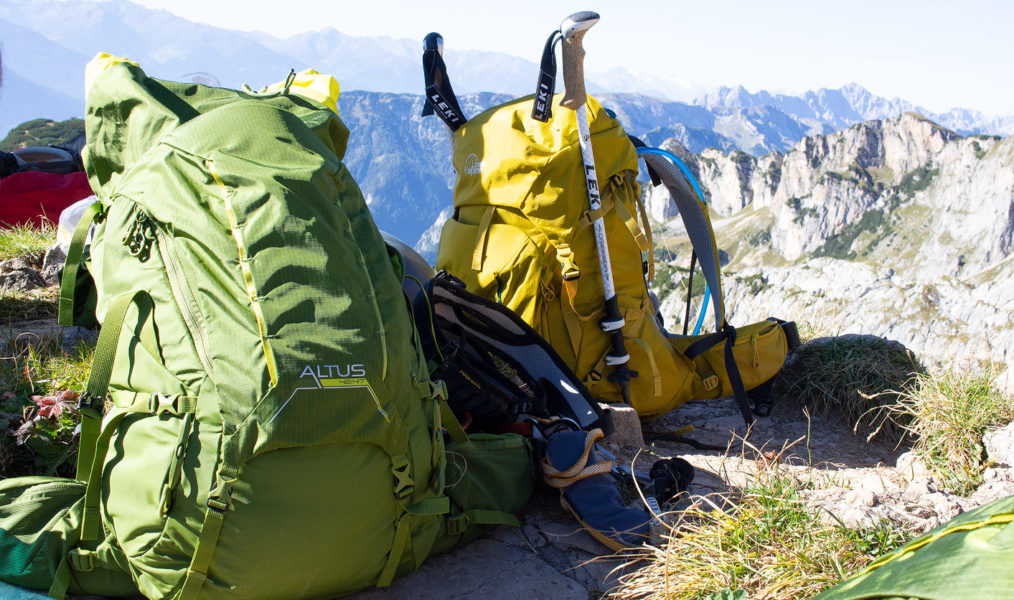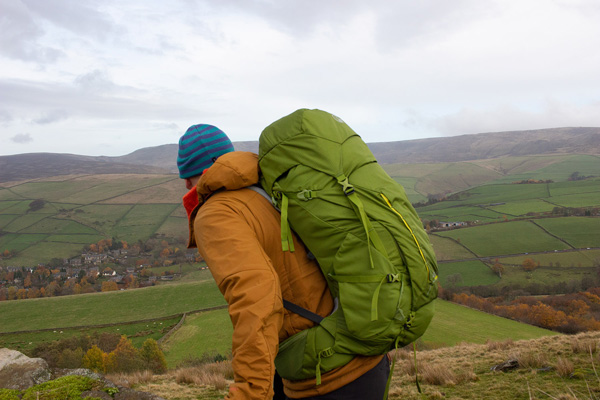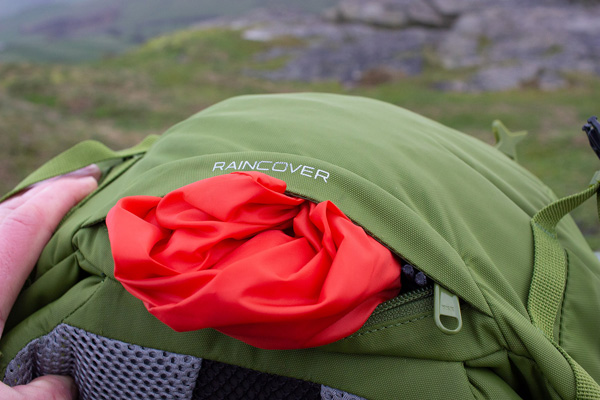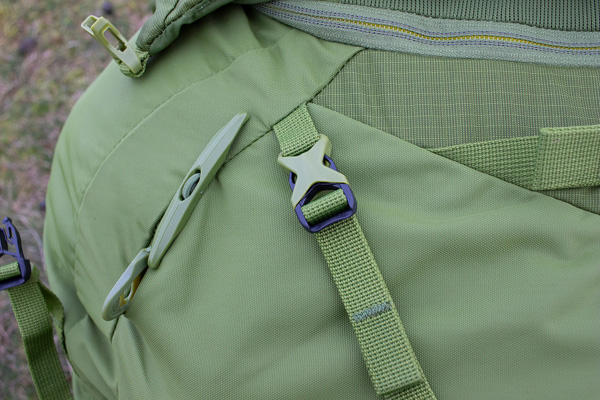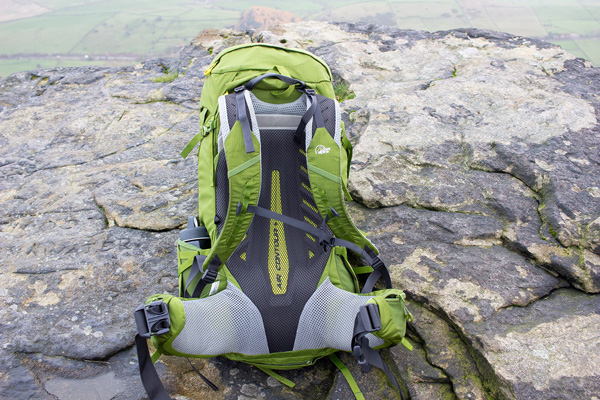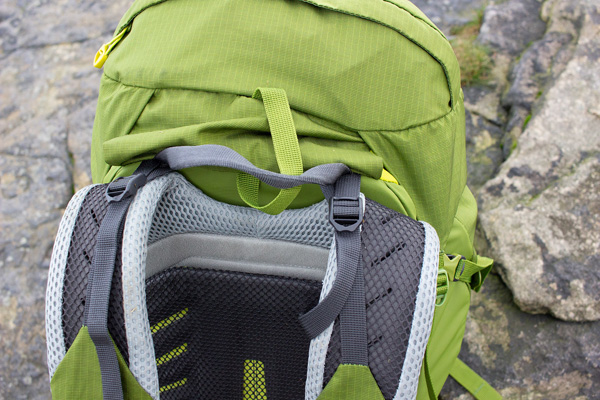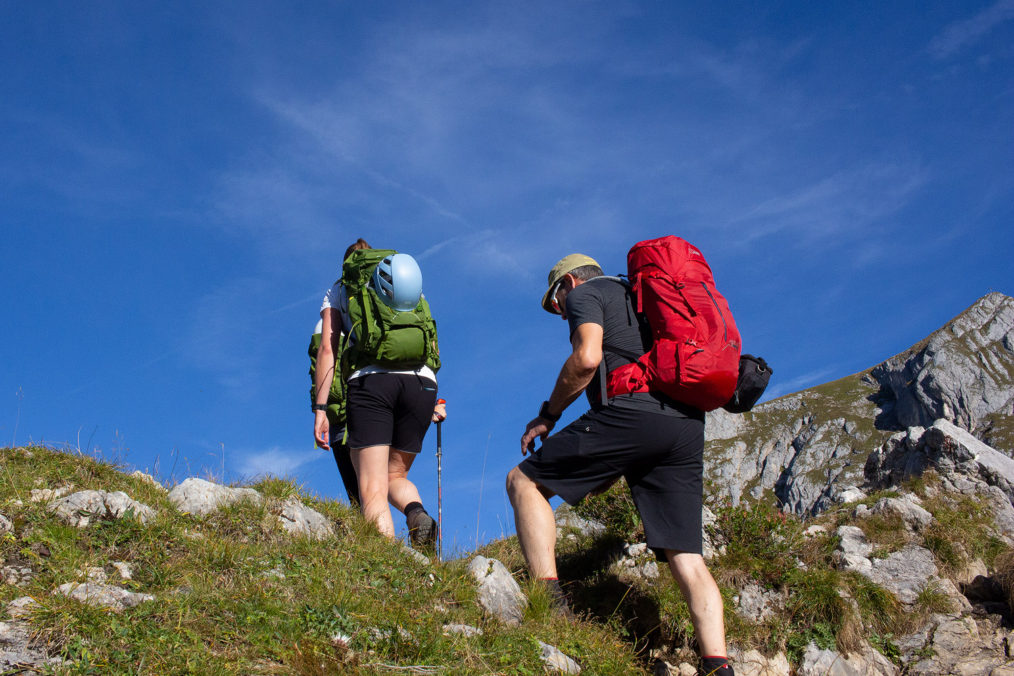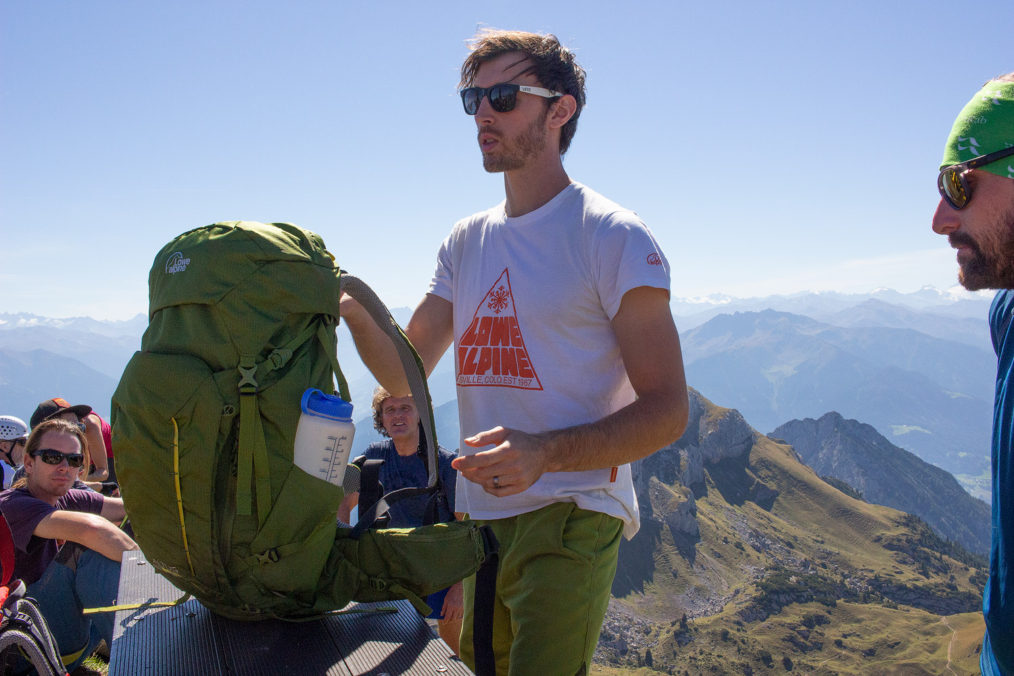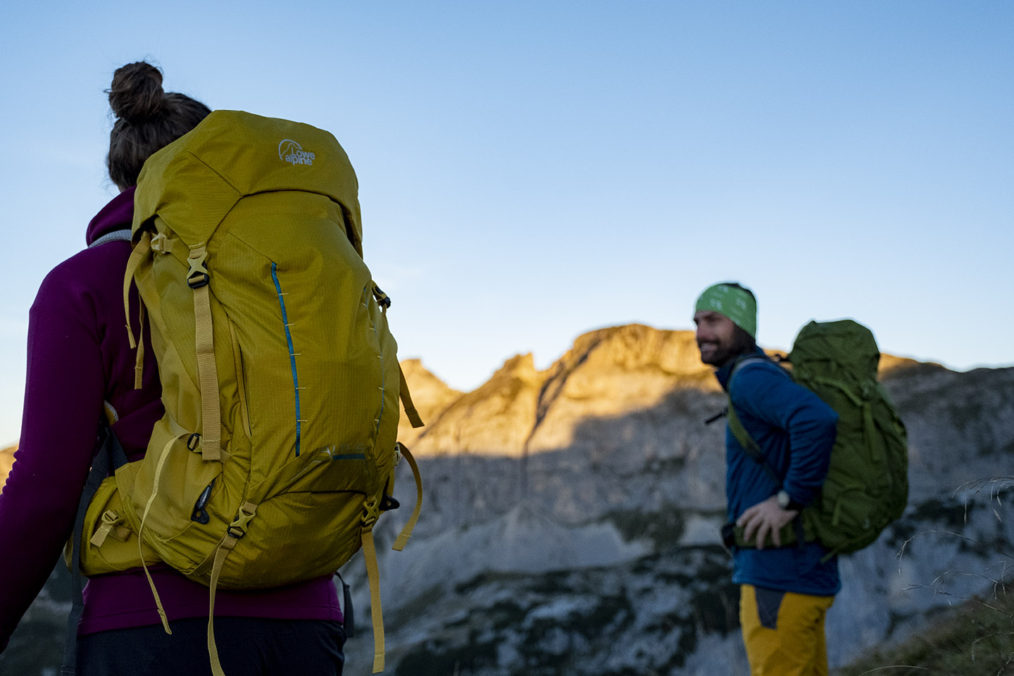Jon Doran gets his hands on one of Lowe Alpine's new Altus packs, a versatile hiking sack with impressive build and features
When Lowe Alpine invited us out to the Austrian Alps a couple of months back for the mountain-hut launch of the new Altus range of packs, we were told they would be available in February 2019. Turns out though that you can buy them right now from the guys at Ellis Brigham.
Alongside the 42:47 version, there’s also a smaller 32-litre variant and a larger 52:57 for men plus women’s-specific versions, the ND30, ND40:45 and ND50:55.
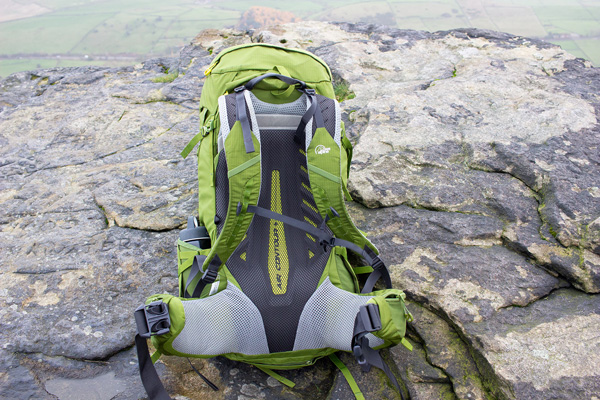
What are they for?
The guys at Lowe Alpine had a good crack at defining all sorts of walking, but what it boils down to, is that there are no-nonsense all-round packs aimed at anything from day-walks and hikes through to weekend light packing or wild camping trips or alpine hut to hut trekking. Come to think of it, the 42:47 would make an ideal companion for a Himalayan tea-house trek too.
We used the packs for some Tirolean via ferrata outings too, but they’re not technical climbing packs – too much hip-belt, detailing, side pockets and more.
The Carry
The most important thing about any pack is how well it carries. In the case of the Altus 42, the answer is very, very well. What really stands out is its ability to manage light-ish day-walk loads on the one hand and full-on wild camping kit on the other and be equally happy.
For heavier loads, the pack scores by having an internal tubed frame, which feeds loads into a wrap-around padded hip-belt and a cunningly contoured lumbar come back-pad that nestles just so into the curve at the base of your back – the ND women’s version is proportioned differently here to take account of the differences between mens’ and women’s body shape.
The end result is a pack that works very well with the sort of 10-15kg load most of us would use, say, for a weekend wild camping foray. It’s hard to describe, but there’s enough flexibility in the back system and enough movement in the hip-belt that you never feel splinted or restricted in the way that some structured packs do. Back-length is adjustable too, so you can get the fit just right’
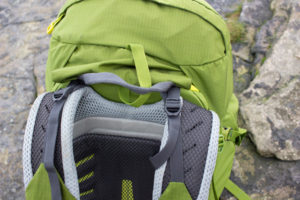
Equally it never has the slightly flimsy, over-flexible sensation you get from some larger, ultra-lightweight packs. Mostly it feels about right; the hip-belt moulds nicely to your hips, the lightweight ventilated foam shoulder straps are comfortable, well shaped and never dig in. The Altus 52 gets slightly denser foam here to cope with heavier loads.
What’s equally impressive is that with a relatively small day-walk load, the pack never felt too big or too rigid. It doesn’t have quite the lightweight, invisible ease of Lowe’s own Aeon lightweights, but mostly it’s just not really noticeable, even on via ferratas.
Finally, that foam back-pad incorporates cut-away ventilation channels, covered by mesh in a nod to trampoline-style back systems. All I can say is that despite temperatures in the mid 20s, the pack stayed bearably comfortable.
Straps and Pockets
One of the reasons the pack adapts so readily to day-walk use is that Lowe Alpine has put of lot of effort into the details of the pack. The compression system is excellent and cinches things neatly into place, so you never feel that you’re hauling around a part-loaded big pack.
There are pockets too, lots of them. Two on the hip-belt, one each on the insider and outside of the lid, a couple of side stash ones, a big expandable open bucket front one, which is ace for storing wet shell clothing, and a zipped front one that’s just right for a map and guidebook. You’re never short of somewhere to stash owt. And if you run out, the lid can be raised to liberate an extra 5 litres of capacity plus there are under-base carry straps for a mat or tent bits.
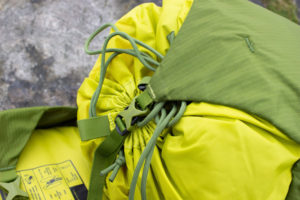
Equally, the big main compartment has entry options. Not just the top opening, complete with neat, easy to use pull to open or close draw-strings, but also a big front-panel opening giving easy access to that shell jacket you thoughtlessly stashed deep in the bowels of your pack. There’s an internal zipped-divider, which creates a separate divide at the base of the pack, but we don’t in all honesty, see much point for it and the one in the test pack was fiddly.
It’s all super useable, as are the neat axe and trekking pole attachments, though the latter aren’t as quick to access as Osprey’s system and while minimal, aren’t instantly intuitive.
Finally, if it’s rude enough to rain on you, there’s a tethered rain-cover folded into a zipped pocket at the base of the pack. Its a one-minute job to pull it out, anchor at two points and adjust the perimeter draw-cord.
Build Quality
The whole pack has a feel of refined quality. They main body fabric is a lightweight but not flimsy 210D rip-stop, while the base is a heavier duty 420D material to cope with increased wear in the area. Nice that the side-pockets get the heavy-duty reinforced side fabric too – mesh gets trashed easily on lightweight packs.
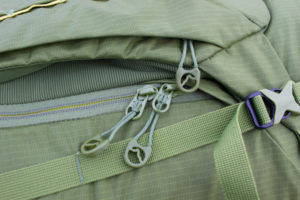
All the zip-pulls and cord-grips turned out to be useable with gloved hands too, though the pole/axe attachments can be fiddly. Finally neat details like the SOS instructions on the underside of the lid and stiffened top compression flap just feel, well, nice. Like you’ve invested in a top quality item.
The downside of that, the multiple pockets, reinforced fabrics and supportive back system is that the pack is heavier than some of its lightweight rivals – an Osprey Exos 48 for example, is approximately 500 grammes lighter than the Altus – but the pay-off for that is a sturdier, less flimsy carry with weightier loads plus, we suspect, greater long-term durability.
The Verdict
It’s not the lightest pack out there. Or the most technical in mountaineering terms – it’s very definitely not a climbing pack. But the Altus 42:47 is a seriously good all-round hiking sac that manages to combine great support and comfort from the Air Contour+ back with enough flex and mobility to avoid any of restrictive feel or the borderline flimsiness of some lighter alternatives.
Loads of easy-to-use pocketage plus neat pole and axe-storage make it an easy companion on the trail, no faffing about looking for somewhere to stash your gloves or stow away a map. And the whole pack has an air of high build-quality and the feel of something that’s built to last.
There’s plenty of carrying capacity, particularly once you factor in the extendable lids and base-straps. Add in a really effective compression system to snug everything down for lighter loads and you have a pack that’s capable of anything from summer day-walks through to wild camping outings and hut-to-hut treks.


